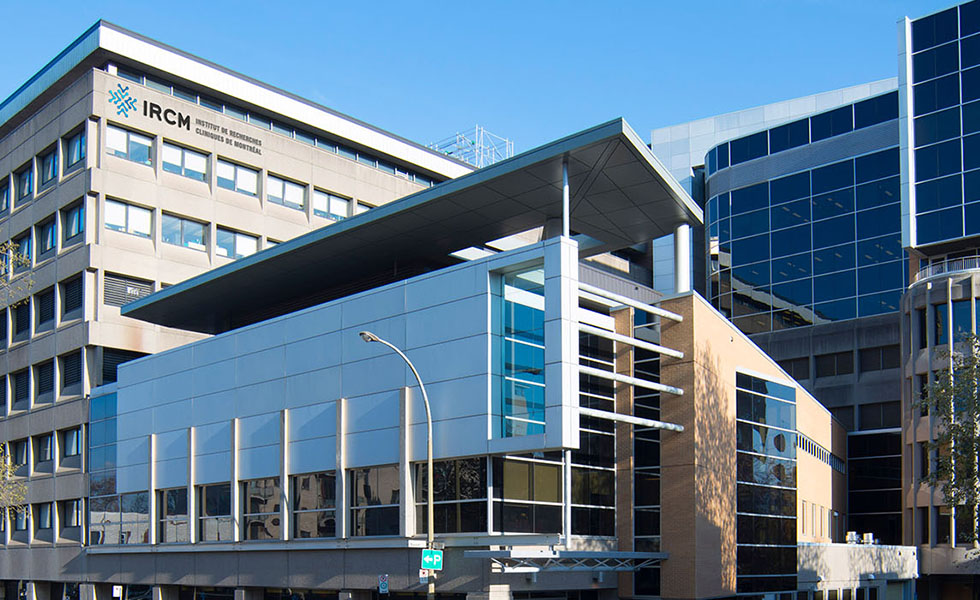
A genetic study performed by Dr. Marie Kmita, in collaboration with Drs Basile Tarchini and Denis Duboule of the University of Geneva in Switzerland, sheds light on the origins of the architecture of arms and legs. The results of their research, to be published in the October 26 issue of the prestigious journal Nature, describe how the operational mode of several “architect” genes has been recycled in the course of evolution to enable limb formation.
The establishment of the body architecture is genetically controlled and involves a family of “architect” genes called the Hox genes which has been conserved throughout evolution. The ancestral function of the Hox genes is to set up “foundations” of the body by defining positional information that instruct cells about their fate. This is how the body is shaped and how organs and skeletal elements are positioned. In the course of evolution, some of these genes have been reused to control limb development. Indeed, previous research by Dr. Kmita showed that without these genes, limbs would not form.
The particular feature of Hox genes is that they are aligned along the DNA molecule in the same order as the structures they will form. The sequential activation of these genes is therefore responsible for the defined distribution of organs and various parts of the skeleton along the anterior-posterior axis (from the head to the feet). The study, carried out by Dr. Kmita and her colleagues, shows that the ancestral strategy underlying Hox genes’ activation was recycled during the emergence of vertebrate limbs to set up the architecture of arms and legs. In embryonic limb buds, the Hox genes are sequentially activated so that their domains of activity overlap along the anterior-posterior axis (from the thumb to the little finger), with a maximum activity in the posterior domain. It is precisely this peak of activity that triggers the activation of a “polarizing” gene called Sonic Hedgehog, specifically in the posterior region of the developing limb, thereby generating the asymmetry of our limbs (for example, the fact that our fingers are different from each other).
This discovery explains how limb asymmetry is genetically set up. This is an important finding as limb asymmetry is required for the broad range of motion of our hands, which make them man’s primary tool.
Dr. Marie Kmita is Director of the Genetics and Development research unit at the Institut de recherches cliniques de Montréal (IRCM). She also holds the Canada Research Chair in Genetics and Molecular Embryology.
This work was supported by funding from the Louis-Jeantet Foundation, the canton of Geneva, the Swiss National Research Fund, the National Center for Competence in Research (NCCR) ‘Frontiers in Genetics,’ and the EU program ‘Cells into Organs’.




